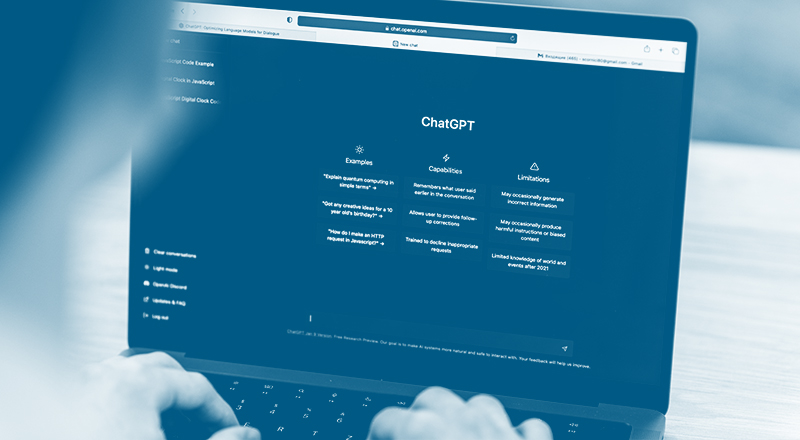Artificial Intelligence (AI) has emerged as a potential “pivot point” technology with, all hyperbole aside, the potential to wholly transform entire economies. This naturally includes how we manage records and information too.
Large Language Models (LLMs), such as OpenAI’s GPT-3 or Google’s Bard offer extraordinary capabilities and potential benefits, which we discuss in more detail in our earlier article. However, as with any groundbreaking innovation, the intersection of AI/LLMs and information management presents its unique set of challenges and risks.
Data Privacy: The Foremost Concern
At the heart of the conversation around AI’s risks in information management lies the concern for data privacy. LLMs, by their very design, are meant to process vast datasets. Some of these datasets may potentially hold sensitive personal information, which inevitably raises questions about data privacy and security.
The temporary ban imposed on ChatGPT by Italy’s data-protection authority earlier this year, over data privacy concerns, serves as a case in point. While the ban has been lifted since, the incident emphasizes the need for organizations to rigorously observe and manage LLM integrations within their systems. These are still early days and the extent to which these systems will integrate with or replace existing workflows isn’t yet clear.
Bias and Misinformation: The Unintended Consequences
Another inherent risk area of AI lies in the potential for systems to propagate bias and misinformation. Since LLMs like ChatGPT and Bard are trained on data generated by humans, they may inadvertently replicate the biases embedded within this data.
Such bias can influence the AI’s outputs, skewing the results and potentially impacting subsequent decisions made based on these outputs. Moreover, LLMs could unintentionally become conduits for spreading misinformation, a concern that has been acknowledged by AI leaders worldwide.
This might seem less relevant for Information Management professionals, but the nature of generative AI is such that the enormous datasets from which it draws can potentially replicate biases of all kinds, even if you are simply tasking it to parse and correct text and other data in your own records!
The Evolving Regulatory Landscape
Beyond these operational concerns, organizations need to consider the broader risk of regulatory changes. The regulatory landscape for AI and LLMs is still in flux, with lawmakers around the world attempting to balance the immense potential of these technologies with their complex implications. As regulatory restrictions are likely to increase, organizations should anticipate and prepare for these changes.
 OpenAI’s CEO, Sam Altman, himself has called for proactive AI legislation, which may be a signal that significant regulatory changes may be on the horizon. This is one area that anyone in Information Management or Compliance should be focusing on keenly for the next 12-18 months, any major package of regulation might form a template other countries follow.
OpenAI’s CEO, Sam Altman, himself has called for proactive AI legislation, which may be a signal that significant regulatory changes may be on the horizon. This is one area that anyone in Information Management or Compliance should be focusing on keenly for the next 12-18 months, any major package of regulation might form a template other countries follow.
Balancing Risks with Opportunities
While these risks present real challenges, they don’t overshadow the transformative potential of AI and LLMs to manage information more efficiently, and perhaps most pertinently, to manage it more safely too.
These technologies are set to revolutionize the way we store, manage, and retrieve information. However, to harness their benefits effectively and responsibly, organizations need to be aware of the associated risks and work towards implementing robust risk mitigation strategies. These areas of risk are things we are discussing internally here at Crown Records Management, so expect to see more output from us soon as the impact of this remarkable technology in our space becomes more apparent.
Want to explore more?
The convergence of AI and information management is a nuanced, dynamic field, demanding thorough understanding and informed decision-making.
For a deeper dive into these topics, download our comprehensive thought leadership piece, “AI and Information Management: Everything you need to know about GPT and more”.
